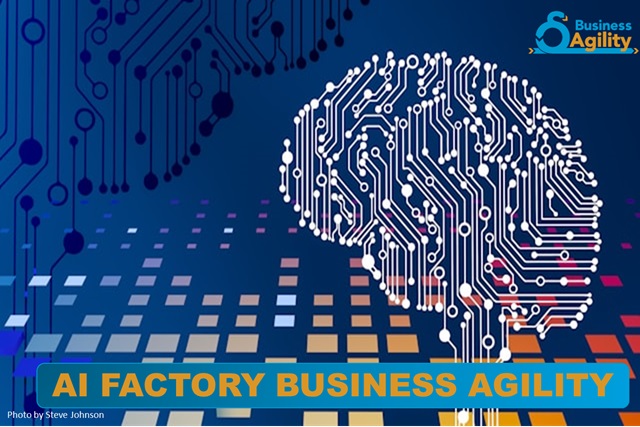Business Agility Future with AI Factory
ABSTRACT: AI Directed-Development on AI Factory models their transformative concurrent effect with Business Agility. Impact of AI applications like robo-lawyers and robo-advisors across marketing, finance, legal, HR, operations, sales, UX, and management. It highlights the integration of AI for dynamic marketing analytics, cost-effective financial advice, automated legal assistance, streamlined recruitment processes, predictive operational efficiencies, personalized […]


